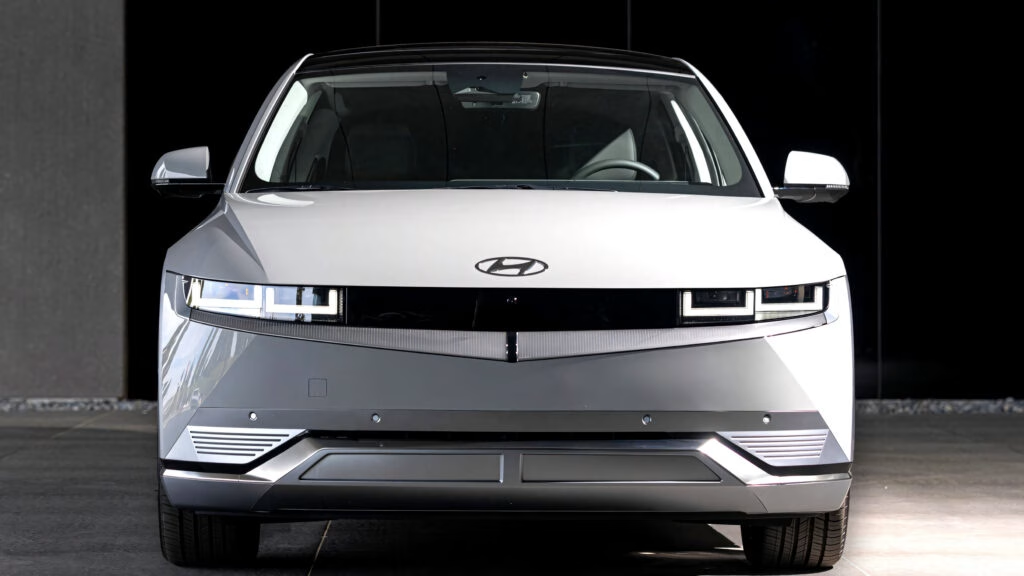A remarkable story is unfolding in South Korea, where a Hyundai Ioniq 5 has been driven over 416,940 miles—an impressive feat for any vehicle, especially an electric one. This journey, undertaken by Lee Young-Heum, a traveling salesman, highlights not just the durability of electric vehicles (EVs) but also the significant cost savings they can offer over time.
How Does Battery Health Hold Up After So Many Miles?
One of the biggest concerns for electric vehicle owners is battery degradation. After all, a new battery pack can cost thousands of dollars. However, Lee’s experience with his Ioniq 5 is quite promising. At 360,395 miles, the battery’s health was still at 87.7%. This is particularly noteworthy considering that Lee frequently used rapid charging, which is known to stress EV batteries more than regular charging methods.
Hyundai took a keen interest in Lee’s high-mileage Ioniq 5 and replaced his battery and motor free of charge to study the components. The findings were encouraging: despite the extensive use, the battery remained in excellent condition. This kind of real-world data is invaluable for manufacturers as they refine their battery technology and durability predictions.
What About Maintenance Costs?
Switching from a traditional internal combustion engine (ICE) vehicle to an electric one can lead to significant savings in maintenance. Lee shared that while driving a gasoline-powered vehicle, he had to change the oil every 15 days due to his high mileage. This regular upkeep involved not just oil changes but also frequent replacements of engine and powertrain components.
In contrast, his Ioniq 5 has required only basic consumables. Hyundai estimates that if Lee had driven a comparable ICE vehicle, he would have faced maintenance costs between $8,612 and $9,330. In stark contrast, maintaining the Ioniq 5 has cost him only about $1,076. That’s a staggering difference, showcasing the financial benefits of switching to electric.
How Much Can You Save on Fuel?
Fuel costs are another area where electric vehicles shine. Lee’s previous vehicle, a turbocharged 1.6-liter Hyundai Tucson, would have required around $57,412 in fuel over the same distance. In comparison, charging his Ioniq 5 has only cost him about $35,882. That translates to a savings of approximately $21,530.
These figures illustrate not just the operational efficiency of electric vehicles but also their potential to significantly reduce the overall cost of ownership. With rising fuel prices, this aspect of EVs is becoming increasingly attractive to consumers.
What Challenges Did Lee Face?
Despite the impressive performance of the Ioniq 5, it hasn’t been without its challenges. After reaching 403,891 miles, the vehicle stopped slow charging due to the onboard charger reaching the end of its lifespan. However, this was described as a “natural death,” and the car continues to operate well, now boasting over 416,940 miles on the odometer.
Lee has recently switched jobs, which means his Ioniq 5 will be taking a well-deserved break from the high mileage. But his experience serves as a testament to the durability and efficiency of modern electric vehicles.
The big takeaway? Driving an electric vehicle like the Hyundai Ioniq 5 isn’t just about reducing your carbon footprint; it’s about making smarter financial choices. If you’re considering an EV, start with one change this week, and you’ll likely spot the difference by month’s end.

